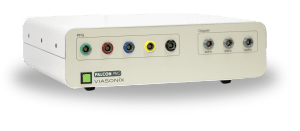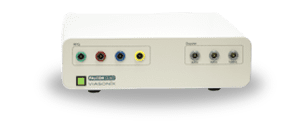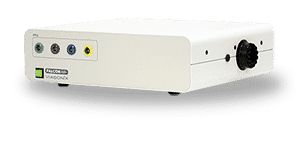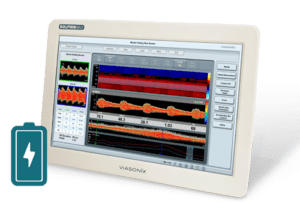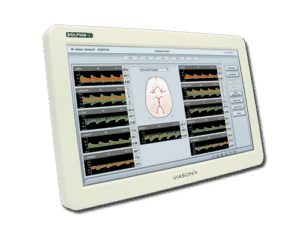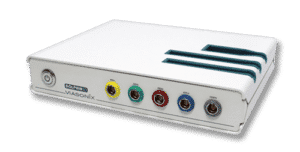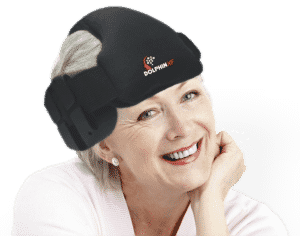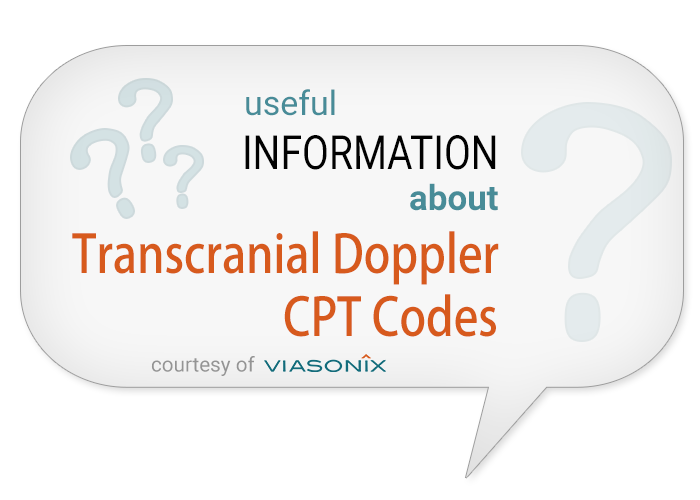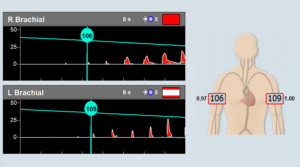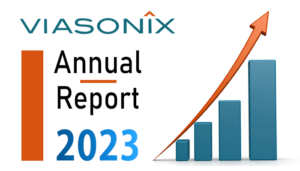Let’s discuss on Transcranial Doppler CPT Codes and how your institute or private clinic can benefit from the the popular device, also known as the Stethoscope of the Brain.
What is a CPT Code?
The CPT Codes, or Current Procedural Terminology, provide a set of codes used by healthcare professionals to report procedures and services. One key role of the CPT codes is to receive reimbursement for the services performed by the provider from the payer/insurer.
CPT® is a registered trademark of the American Medical Association.
What are Transcranial Doppler CPT Codes?
Transcranial Doppler (TCD) examination is a standard clinical procedure that is widely accepted and used around the world. TCD provides valuable clinical information, which is essential for good medical practice and for protecting the brain. TCD is reimbursable in many countries under a variety of CPT codes.
In the USA, the Dolphin Transcranial Doppler vascular testing system is reimbursed under five different CPT codes. The CPT codes include the following:
CPT Code 93886 – Transcranial Doppler study of Intracranial arteries; complete study. It requires bilateral insonation and waveforms from all major vessels with the cranium through the Temporal acoustic window. These vessels include the Middle Cerebral Artery (MCA), Anterior Cerebral Artery (ACA), and Posterior Cerebral Artery (PCA). The Posterior window will need to be insonated to detect Vertebral (VA) and Basilar arteries. The Orbital Window- Occipital artery & Carotid Waveform – Internal Carotid Artery (ICA).
CPT Code 93888 – Transcranial Doppler study of Intracranial arteries; limited study. It is frequently used when not insonating all major cranial vessels, for example, when performing serial vasospasm exams. It can also be used when looking for temporal window vessels for headset placement for short- or long-term monitoring that includes PFO detection, Breath Holding, Vasomotor Reactivity, Procedure Monitoring, Surgical Monitoring…
CPT Code 93890 – Transcranial Doppler study of Intracranial arteries. Vasoreactivity Study and Breath Holding exam. It can be used for the assessment of high-risk cardiovascular patients. Vasoreactivity evaluation, in addition to a complete diagnostic TCD exam, may help identify patients with an increased risk of stroke and or compromised cerebral circulation. It can help a physician decide if a patient needs an intervention in one or more carotid arteries.
CPT Code 93892 Transcranial Doppler study of Intracranial arteries; Emboli Detection without intravenous microbubble injection. Long- or short-term bilateral monitoring of two or more cerebral vessels. Detect embolic events occurring during surgery or other monitoring applications. Detect embolic events and morphologic waveform changes occurring from Trauma or Embolic Events. Excellent for monitoring patients suspected of having a transient ischemic attack, also known as a stroke.
CPT Code 93893 – Transcranial Doppler study of Intracranial arteries; Emboli Detection with intravenous microbubble injection. Bilateral cerebral monitoring of two or more vessels with HITS Detection during intravenous microbubble injection while the patient performs a Valsalva maneuver. This study is typically requested for patients suspected of having a PFO. It has been proven that the detection of PFO’s with TCD and Microbubble injection is much more accurate than TEE and any other form of ultrasound.
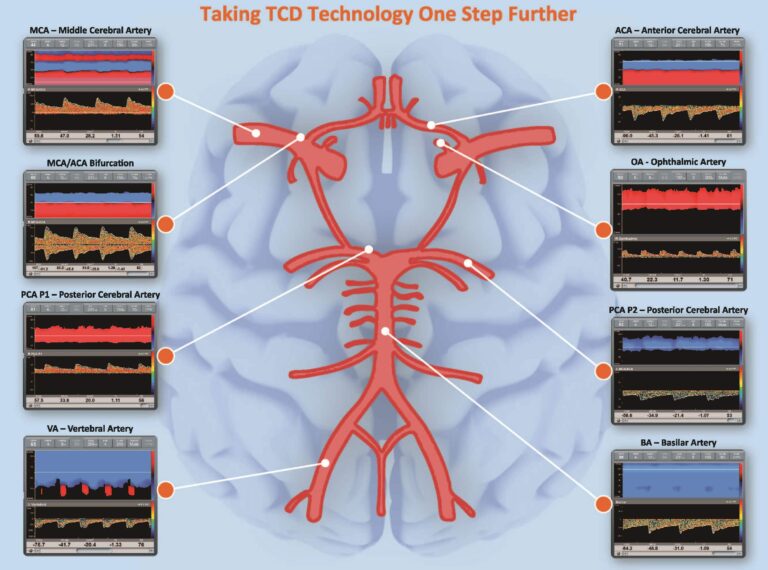
What is Required for Reimbursement of TCD Studies?
The main requirement is to have a Transcranial Doppler (TCD) Machine with the option of a Robotic Probe to speed up the process of looking for acoustic windows and locking on a Doppler signal.
Depending on the Transcranial Doppler CPT Code, you will need a TCD machine that supports specific applications such as Emboli Detection, PFO, Monitoring, and Vasomotor Reactivity (VMR).
Can Hand Held Dopplers be Used for TCD CPT Codes?
No. The handheld Doppler lacks the ability to produce complete waveforms for analysis, while advanced TCD machines can produce detailed reports that you can send directly to your EMR system.
What are the Benefits of Using CPT Codes with TCD?
The advanced Dolphin TCD machine supports all of these CPT codes. The magnitude of reimbursement based on the CPT Codes varies by state and region. It is clear, though, that by using the Dolphin TCD system routinely, the medical practice not only gets valuable clinical information for the patient benefit but can also very quickly receive a Return on Investment (ROI) for improved profitability.
For more information, please leave us a message.

